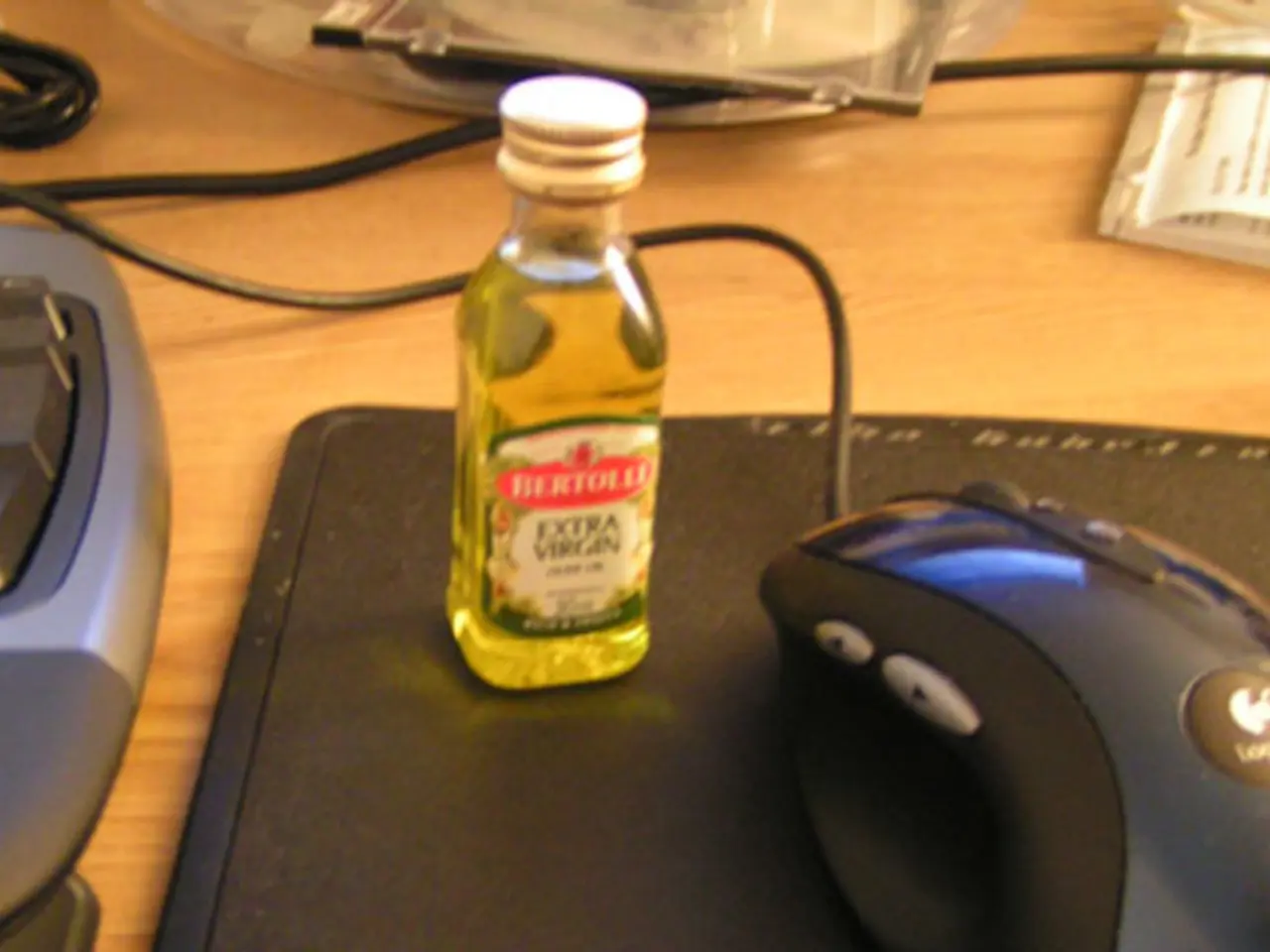Top Strategies for Designing HDI PCBs to Preserve Signal Quality
In the rapidly evolving world of electronics, ensuring signal integrity in High-Density Interconnect (HDI) Printed Circuit Boards (PCBs) has become crucial, particularly for demanding applications like AI server motherboards. Here are some key design practices that can help designers significantly improve signal integrity in HDI PCBs.
1. Microvia Design and Placement: - Use microvias with diameters as small as 0.1mm to minimize signal path length and reduce inductance, essential for high-frequency designs. - Place vias close to signal sources or terminations to reduce impedance mismatches and signal reflections.
2. Via Type and Optimization: - Utilize blind, buried, or stacked microvias to optimize space and reduce signal path lengths. Avoid through-hole vias in high-frequency designs. - Maintain consistent via pad sizes to avoid unnecessary signal reflections. Smaller pads can improve signal integrity by reducing discontinuities.
3. Impedance Control and Matching: - Achieve trace widths and spacings of ≤75μm to ensure tight circuit routing and controlled impedance, crucial for high-speed designs. - Use the formula for characteristic impedance (\(Z₀\)) to ensure impedance tolerances within ±5% for optimal signal transmission.
4. Stackup Optimization and Material Selection: - Determine the optimal layer count based on signal routing requirements and power distribution needs. - Use high-Tg laminates and low-loss dielectric materials to maintain thermal stability and minimize dielectric loss, critical for high-speed applications.
5. Thermal Analysis and Management: - Implement copper planes for effective heat dissipation, as thermal conductivity affects signal integrity and component reliability. - Ensure thermal management strategies are integrated into the design to prevent overheating, which can degrade signal integrity.
6. EMI Mitigation: - Design guard traces and via fencing to reduce electromagnetic interference (EMI) by 25-40 dB, enhancing overall signal integrity.
7. Automated Design Rule Checking (DRC): - Use modern CAD tools with automated DRC to identify potential manufacturing issues early in the design phase, reducing prototype iteration cycles.
In addition to these practices, designers can further enhance signal integrity by using via stitching techniques, providing sufficient clearance between components, increasing the spacing between high-speed signal traces, dedicating large solid ground planes for thermal management, avoiding branches, ensuring well-ventilated enclosures, positioning heat-generating components away from sensitive components, identifying and addressing thermal hot spots, avoiding placing sensitive high-speed components at the edge of the board, implementing guard traces or guard vias between sensitive high-speed signal traces, and incorporating signal transition vias.
Adherence to applicable EMI/EMC standards, use of impedance-matching resistors on clock signals, implementation of thermal relief pads on power components, utilization of a clock driver for distributing the signal to every device, creation of a solid ground plane, use of differential signaling for high-speed signals, implementation of effective heat dissipation techniques and cooling strategies, selection of an appropriate PCB material with high thermal conductivity, and use of shielding techniques like metal shields, Faraday cages, and via stitching across board edges and connecting ground planes with low impedance can further guarantee HDI PCBs meet regulatory requirements and perform reliably in their intended applications.
A stackup designer might employ via stitching techniques to optimize signal integrity by reducing EMI and increasing the spacing between components, while also paying close attention to impedance calculators to achieve tightly controlled impedance in HDI PCB designs. The incorporation of advanced technologies such as shielding techniques and high-Tg laminates not only ensures thermal stability but also helps HDI PCBs meet regulatory standards and perform reliably in high-speed applications.




